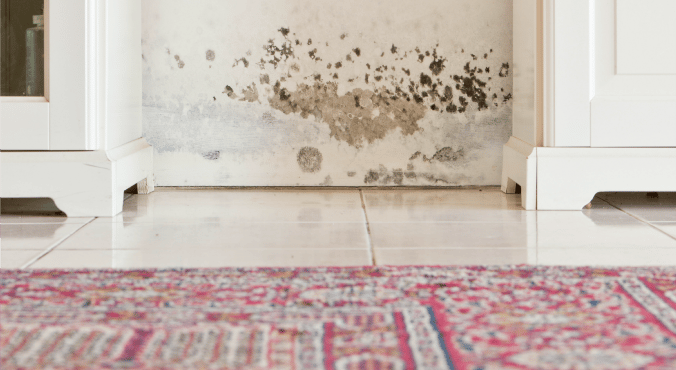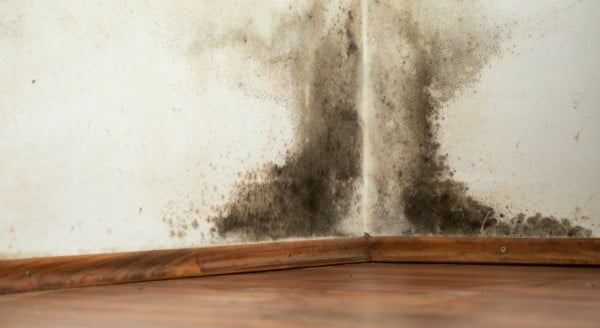
Image: iStock. By Jeroen Douwes, Massey University.
Exposure to harmful agents inside the home can have profound effects on our health. After all, we spend an average of 16 hours a day at home – and even more when aged under seven and over 64.
Mould accumulates in damp and poorly ventilated buildings. Inhaling mould fragments or spores can inflame the airways, causing nasal congestion, wheezing, chest tightness, coughing and throat irritation.
Prolonged exposure to high levels of indoor dampness can reduce lung function and cause chronic health problems such as asthma. Those who already suffer from asthma and allergies are more likely to have more severe symptoms when exposed.
According to the World Health Organization (WHO), a considerable proportion of the world’s 300 million cases of childhood asthma is attributable to exposure to indoor dampness and mould.
People who live in damp and mouldy homes are also at increased risk of depression which, in turn, may increase the risk of respiratory symptoms and asthma.
The most infamous type of mould is “black mould” (Stachybotrys chartarum), which can grow on water-damaged building materials and produce toxic spores. In 1994, it was linked to a serious respiratory illness after ten children experienced idiopathic pulmonary haemosiderosis (bleeding from the lung) and one subsequently died.
But despite significant media interest and public concern, a causal link was never established. (Post continues after video.)





























































































